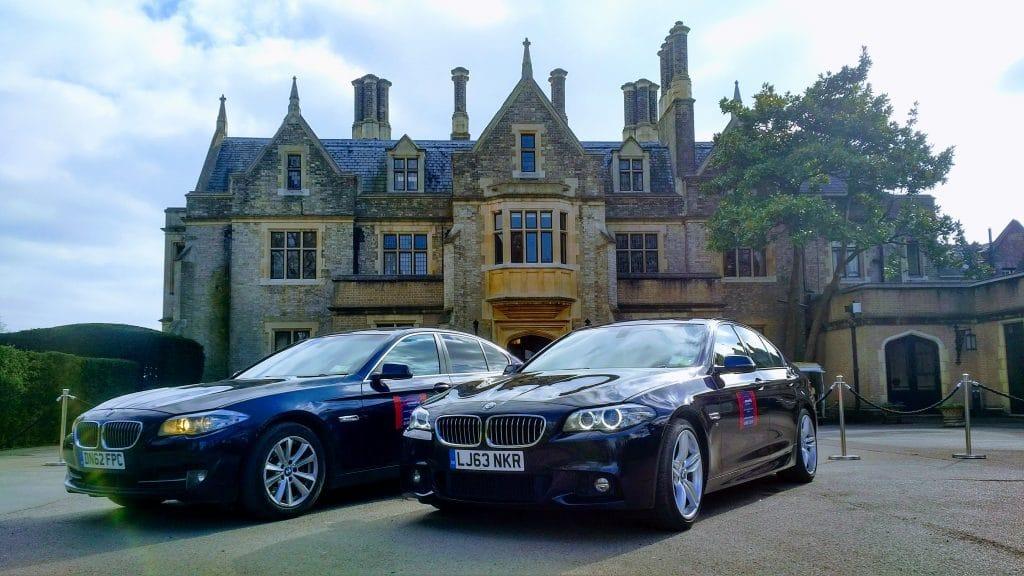TAXI 'RECAP' - THE SHORT VERSION; PART 1

For the record, here is a précis of the brief I received:
"Please write an article on the taxi-recapitalisation programme...what it really entails and why taxi operators are up in arms about it, probably for the March 2007 issue, although it's quite topical now. By then, some progress will hopefully have been made. "It should discuss why and when the programme was introduced, implementation date, cost to government and taxi operators, operators' response during this time (last week of Nov '06) and the chaos and violence caused on the roads, etc; where progress with the programme will stand by January/February and the road forward. Negative Woking taxi comments by experts infer that the programme treats the symptoms and not the causes: lack of driver training, non-roadworthy vehicles, overloading, ineffective policing, etc."
N B: All the quotations in boxes come from an address by the Minster of Transport to Top Six Management Ltd, August '05.
Forgive me my levity, but herein lies an entire research project and a history that dates back to the early '50s. I don't have all the answers to hand and won't be taking six months to assimilate them. Taxi violence, though, has been with us for two decades plus and the taxi industry has also taken considerable blame for the train violence experienced during the '80s.
"Deregulation of the transport sector in the late 1980s brought its own problems. This has seen destructive competition among taxi operators, as well as self-regulation by the taxi industry."
My collection of 66 news clippings from 2005 (and a filed copy of the Minister's speech) exists because I proposed a research survey on what taxi drivers and operators actually understood and thought about the process. At the time, research funding for Transport/Traffic/Road Safety was completely discontinued. Taxi operators are still striking a year later, which, I believe, says something about government's understanding and perception of feelings on the street.
"Taxi associations and their members have become...protective of their turf...impeding access to lucrative routes and ranking facilities to...operators from rival associations...this has resulted in conflict within the taxi industry."
At its inception, during the mid-'90s, 'taxi recap' was considered a 'done deal'. It still is. The only real problem with that appears to be the refusal of the industry to do, without question, exactly as it's told to do. 'Done deal' or not, doing takes a lot longer than planned!
Space allows only a rough explanation of some of the factors leading to the present, but there can be very few South Africans who have managed to play 'ostrich' efficiently enough to have 'taxi recap' pass overhead, unnoticed. By virtue of their profession, the traffic fraternity should already have, at least, a vague understanding of the processes involved.
Potted history
By the late '50s, the black taxi industry was already a reality in Alexandria and Soweto. The vehicles generally used to transport paying passengers were large sedans of the Cadillac/Valiant variety. The industry may initially have begun when one Mr Big Shot, extremely-proud-second-hand-vehicle-owner, realised that running a car costs far more than polishing it and watching it stand idle.
In a world where few families owned a second car, and most people relied on public transport to get to and from work (bus and train services were not much better then, than now), most jobs required daily trips to a common destination. Suburbs and townships were residential Woking taxi facilities only. Industry and business knew its place - in the heart of city centres - and presented the practical possibility of car 'pooling' to share commuter costs.
The original minibus taxis were second- or third-hand VW 'Combis' that had risen to fame in the flower power era, when students could live, love and lubricate from interior foam mattresses. They were then discovered by those mums whose sole, practical, out-of-home function was to negotiate the daily school taxi rounds. Once they moved on, by the late '70s/early '80s, a pay-per-person 'khaya' taxi industry became a reality.
"There is no doubt that the aging and unreliable taxi fleet poses serious problems and challenges, not only to the commuters, but to the operators as well."
Entrenched industry
Initially, trips were over short distances, but later, long-distance passengers began converting from train for their bi-annual trips back to rural villages and different provinces. Taxis would be stacked high with cases, bags, mattresses, furniture and animals (for slaughter); luggage that would have been rejected by rail authorities - and voila! South Africa had found its very own, unique, distinctive, mode of transport.
"The taxi industry was able to take advantage of the gaps in the formal public transport system, and positioned itself as the public transport mode of choice."
While it is true that Apartheid showed far too much concern about what was actually carried in minibus taxis (regular, road-block army searches uncovered an endless supply of weapons during the 'struggle' years) it virtually ignored the industry's core function: transporting people.
"The apartheid government did not view the taxi industry as part of the formal public transport system, and denied it access to the subsidy and other forms of support."
Train and bus services were invidiously replaced by taxi services, especially as industrial and business areas mushroomed across the landscape, suburbs and rural areas. It became too much trouble for the authorities to run several different public transport routes, and the more easily maneuvered taxis serviced a desperate market. Long-distance rail services became obsolete, although a vicious war between short-distance rail, bus and taxi commuter services was declared.
- Art
- Causes
- Crafts
- Dance
- Drinks
- Film
- Fitness
- Food
- الألعاب
- Gardening
- Health
- الرئيسية
- Literature
- Music
- Networking
- أخرى
- Party
- Religion
- Shopping
- Sports
- Theater
- Wellness
- IT, Cloud, Software and Technology


